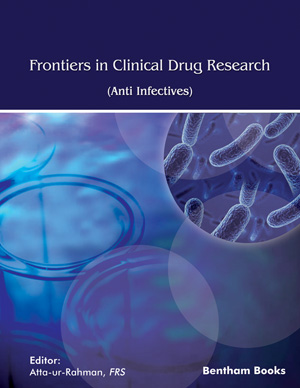Abstract
Infectious diseases are caused by pathogenic microorganisms, such as bacteria viruses,or fungi, and can be spread, directly or indirectly, from one person to another. Among these diseases, AIDS, tuberculosis, influenza, hepatitis and neglected tropical diseases, such as dengue and malaria, stand out. On the other hand, emerging infectious diseases are infections that have recently appeared in a population or those whose incidence or geographical range is rapidly increasing and / or threatens to increase in the near future. Since the 1970's, approximately 40 infectious diseases have been discovered, including SARS, MERS, Ebola, Chikungunya, avian and swine flu, and, most recently, Zika. The transmission modes for the different existing infectious diseases vary greatly, among them the most common are through water and food, vectors, zoonosis (diseases transmitted by animals), sexual transmission, blood, air and soil. Anti-infective drugs development and the remarkable eradication of smallpox in the 1980’s, following a global immunization campaign led by the WHO (World Health Organization), generated the hope that infectious diseases could be controlled and even eliminated. However, the current perception that infectious diseases continue to emerge and re-emerge (including the possibility of bioterrorism), highlights the future challenges in infectious diseases research. The modern medicine needs new antiinfective drugs in order to treat specific drug-resistant infections at the same time as the drug development pipeline is almost dry. Thus, the development of new drugs and antiinfective compounds is needed, such as the use of plant-derived latex, which is well studied and present great potential. Therefore, the objective of the present chapter is to give an overview regarding the use of plant-derived latices as anti-infective compounds, as well as to point out new perspectives on this matter.
Keywords: Anti-infective, Enzymes, Plant latex, Secondary metabolites, Traditional knowledge






















